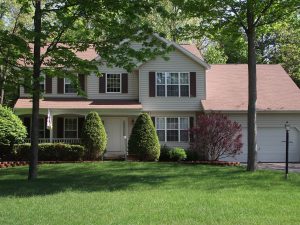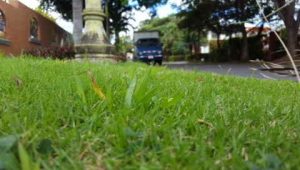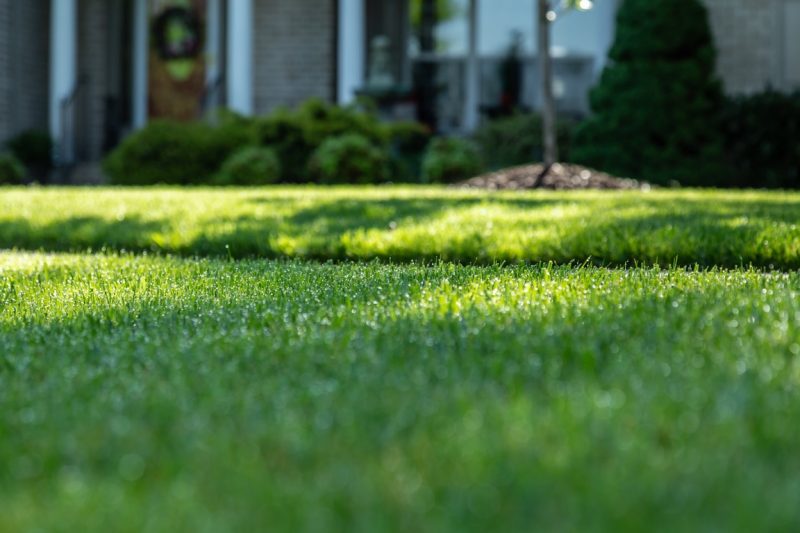Choosing the Best Type of Grass Seed for Your Lawn
We all want to have a beautiful, easy-to-maintain lawn that is well-suited to your climate and the lawns intended use. That is why our lawn experts have put together a simple guide and a list of the most common species of grass.
Identify Your Zone
Northern Zone
Located in the Northern portion of the United States, where cool-season grasses thrive better as summers are moderate and winters often are cold.
Southern Zone
This zone has hot summers and moderate winters, warm-season grasses are best suited for the southern zone.
Transition Zone
The transition zone presents the most challenging conditions for almost any type of lawn. States that fall into this zone have hot summers as well as cold winters. The best most resistant species for these conditions is Tall fescue as it exhibits tolerance with both heat and cold temperatures, and it stays green most of the year.
Grass Varieties
 Cool-season grasses are usually seeded alone, and in some cases can be mixed.
Cool-season grasses are usually seeded alone, and in some cases can be mixed.
- Perennial ryegrass
- Kentucky bluegrass
- Turf-type Tall Fescue
- Fine fescues (various species)
Warm-season grasses are commonly seeded alone. They are rarely mixed with other warm-season types.
- Buffalograss
- Bermudagrass
 Grasses for Dry or Arid Regions
Grasses for Dry or Arid Regions
- Bermudagrass
- Buffalograss
- Fine fescues (Sheep & Hard fescue)
- Turf-type Tall Fescue
Grass Seed Types for Unique Soils
- Grasses for heavy shade
- Fine fescues (various species)
- Kentucky bluegrass (many soil types, excels in sandy soils)
Besides considering the attributes for your region, it is also helpful to find the unique characteristics of your yard. That will help you determine which grass seed type will survive and grow best in your location.
Now that you know some grass species, you can select the type that can better adapt to your local climate and soil conditions.
Should you need help deciding which type of grass seed you need for your yard, contact Secure Lawn.


